Putin & NATO: Both Want WAR /Col Doug Macgregor
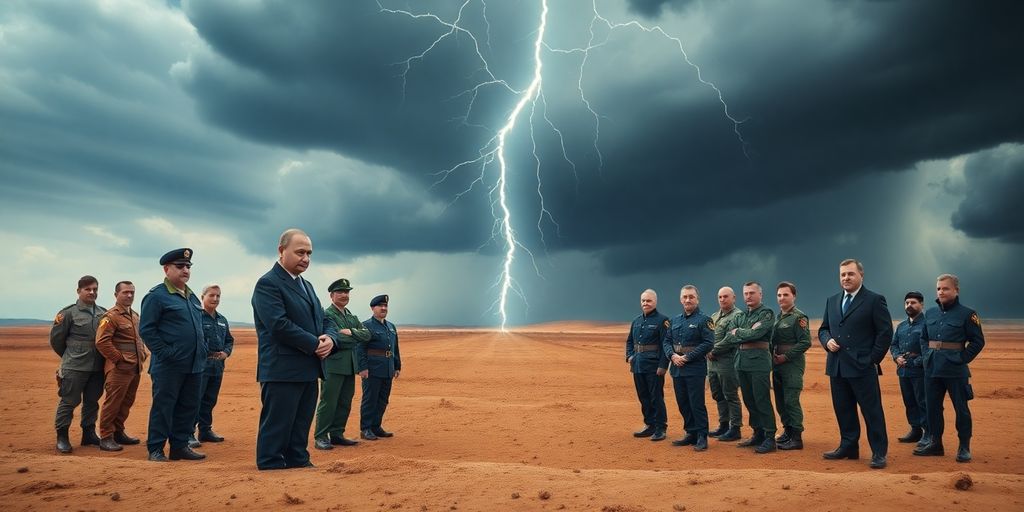
Recent discussions with Colonel Douglas Macgregor highlight a concerning trend: rising tensions between NATO and Russia, despite both sides claiming to seek deterrence. Putin’s new domestic mobilization campaign, the People’s Front, signals Russia’s shift towards full-scale war preparation. This move, while framed as a civil unity movement, comes amid frustration within Russia over the prolonged Ukraine conflict and an expectation of total national mobilization to end it decisively. The situation suggests a growing risk of a broader conflict.
Putin’s Mobilization and Russian Sentiment
Vladimir Putin’s recent "Everything for Victory" initiative, centered around the "People’s Front" movement, aims to mobilize the entire Russian population. Putin describes it as a massive social movement, uniting citizens for national success, peace, and security. He emphasizes its role in solving complex issues and consolidating public participation.
However, Colonel Macgregor points out a different perspective within Russia. Initially, Putin avoided using the term "war," opting for "special military operation" to maintain domestic peace and economic stability. Russia’s economy has adapted well to sanctions, with efforts to circumvent them proving successful. Despite this, many Russians, including those in Putin’s inner circle, are frustrated by the prolonged nature of the Ukraine conflict. They believe that if Russia is going to war, it should commit fully to winning it decisively and quickly.
This sentiment suggests that Putin’s current mobilization efforts are a response to internal pressure to escalate the conflict and bring it to a swift conclusion. The goal is to end the war on terms that meet Russian needs, rather than allowing it to drag on indefinitely.
Key Takeaways
- Internal Pressure: Many Russians are discontented with the war’s duration, not necessarily with Putin’s leadership or the economy.
- Full Mobilization: There’s a strong desire for total national commitment to win and end the conflict quickly.
- Economic Adaptation: Russia’s economy has shown resilience against sanctions, successfully circumventing many restrictions.
The Human Cost of Conflict
The human cost of the Ukraine conflict is staggering. Recent figures suggest that Ukrainian losses are catastrophic, with an estimated 265,000 Ukrainian troops killed in just six months (January to June). This brings the total losses to a shocking 1.7 to 1.8 million. While these numbers are highly controversial and not independently corroborated, they highlight the immense scale of the conflict’s impact.
In contrast, Russian losses are reported to be significantly lower, estimated at 120,000 to 130,000 killed since 2022. This disparity is attributed to the nature of warfare, where armies in retreat or disintegrating often suffer much heavier casualties.
Shifting Geopolitical Landscape: The Caucasus and Beyond
While focused on Ukraine, Russia may have overlooked developments in the Caucasus region. Azerbaijan, once considered a loyal ally due to its historical ties, has forged strong alliances with Israel, Turkey, and the United States. This new alignment aims to destabilize Iran, potentially leading to an invasion of northwestern Iran by Azerbaijan. The goal is to incite rebellion among the Azeri Turk population in Iran, threatening Iran’s internal stability.
Furthermore, Azerbaijan is reportedly hosting Western intelligence operations (Mossad, CIA, MI6) targeting Iran, facilitating agent movements and causing internal unrest. This situation creates a new regional flashpoint.
To the west, Turkey, under Erdogan, is pursuing its own ambitions in Syria and Lebanon. While sometimes cooperating with Israel, their goals diverge. Russia’s focus on Ukraine has seemingly led to a loss of control over its southern flank, contributing to wider regional instability involving Iran, Israel, Turkey, and Syria.
Moscow now recognizes the urgency of ending the Ukraine war to reassert control over its broader strategic position. This could mean an accelerated end to the conflict in Ukraine, potentially leading to more devastation, as Russia shifts its focus to the Caucasus.
The Rise of BRICS and De-Dollarization
The global financial landscape is undergoing a significant shift with the expansion of BRICS (Brazil, Russia, India, China, South Africa). In 2024, BRICS added Egypt, Ethiopia, Indonesia, Iran, and the United Arab Emirates as full members. By 2025, ten more countries—Belarus, Bolivia, Cuba, Kazakhstan, Malaysia, Nigeria, Thailand, Uganda, Uzbekistan, and Vietnam—are on the path to full membership, forming what is known as BRICS 20 or BRICS Plus.
This expanded bloc represents a substantial portion of the global economy:
- Global GDP: BRICS Plus accounts for over two-fifths (44%) of global Gross Domestic Product (GDP) when measured at purchasing power parity (PPP).
- Economic Power: Putin highlighted that the combined GDP of BRICS, at $77 trillion, already significantly outperforms the G7’s $57 trillion.
BRICS offers an alternative to the U.S.-dominated financial system established after World War II. This system, centered on the U.S. dollar and the SWIFT system, has been criticized for bullying countries into submission through financial means. The alternative, exemplified by China’s Cross-Border Interbank Payment System (CIPS), is a modern, digital system for settling international business.
De-dollarization is already underway, with countries like Iran and China conducting business in their own currencies. This trend is expected to become the global standard, challenging the long-standing dominance of the U.S. dollar. The shift reflects a growing desire among nations for financial independence and stability, moving away from a system perceived as exploitative.
The Illusion of Threat and Fiscal Irresponsibility
Western leaders, like Mark Rut, are advocating for increased military spending, citing a reconstituting Russia and an interconnected geopolitical landscape. Rut suggests that NATO needs to increase defense spending to 3.5% of GDP, with an additional 1.5% for defense-related spending, totaling 5%. He argues that failure to do so would mean learning Russian, implying an inevitable Russian conquest.
However, this narrative is questioned. Colonel Macgregor suggests that this push for increased military spending is a tactic by globalist elites to maintain power, rather than a response to a genuine existential threat. He argues that the real enemy of civilization in Europe is not Russia, but the uncontrolled influx of migrants from the Middle East and North Africa, which has strained European societies.
Both the U.S. and Europe are criticized for abandoning fiscal discipline. The U.S. national debt continues to grow, and Europe’s proposed military spending increases would also rely on more debt. This approach is seen as unsustainable and dangerous. The idea that war could somehow resolve fiscal emergencies is dismissed as delusional.
Instead, the focus on an external enemy like Russia serves to justify massive military spending, expand surveillance states, and suppress free speech. This strategy allows elites to kick the can down the road regarding their financial problems, rather than addressing the underlying issues of debt and de-industrialization.
The Israel Lobby and U.S. Foreign Policy
The influence of the Israel lobby on U.S. foreign policy is a significant concern. Colonel Macgregor asserts that the U.S. unconditionally bankrolls Israel’s actions, even those involving mass murder and expulsion. He points to the strong presence of Israel lobby creatures in key positions within the U.S. government, including the White House, bureaucracy, and Congress.
Netanyahu’s recent visit to Washington, accompanied by 17 members of the Israeli Knesset, aimed to secure continued U.S. support for Israeli policies, including the "final solution" for Gaza and the annexation of the West Bank. Despite claims of seeking a ceasefire, the underlying goal appears to be the destruction of the Iranian state and the continued expansion of Israeli control.
This dynamic suggests that U.S. foreign policy is not driven by an "America First" agenda, but rather by the interests of the Israel lobby. The U.S. is seen as a captive of this influence, supporting actions that may not align with its own national interests or values.
The Looming Financial Crisis
The U.S. is on the brink of a financial abyss due to its abandonment of fiscal discipline and mounting debt. The stock market and real estate market are grossly overpriced, and jobless claims are rising. The dollar’s diminishing value as a store of wealth, coupled with the increasing turn to gold as a reserve currency, signals a coming financial collapse.
Foreign investment, crucial for sustaining the U.S. economy, is not flowing in. The bond market is expected to explode, and attempts to avoid this disaster through schemes like using treasury bills as an artificial form of the Federal Reserve are deemed delusional and dangerous. History shows that defaulting early is better than later, but the U.S. lacks the manufacturing base and skilled labor force it once had to recover easily.
Donald Trump’s approach of renewing threats with tariffs and reinvigorating overseas wars is seen as exacerbating these financial problems. The world, particularly Asian nations, desires stability and order, which they see as preconditions for prosperity. They view U.S. leadership as unstable and dangerous, as evidenced by the refusal of South Korea and Japan to attend a recent NATO summit.
Ultimately, the combination of financial instability, misguided foreign policy, and a lack of fiscal discipline points towards a significant crisis for the U.S. and its allies. The current path, driven by globalist elites, is seen as unsustainable and will lead to further economic decline and societal unrest.
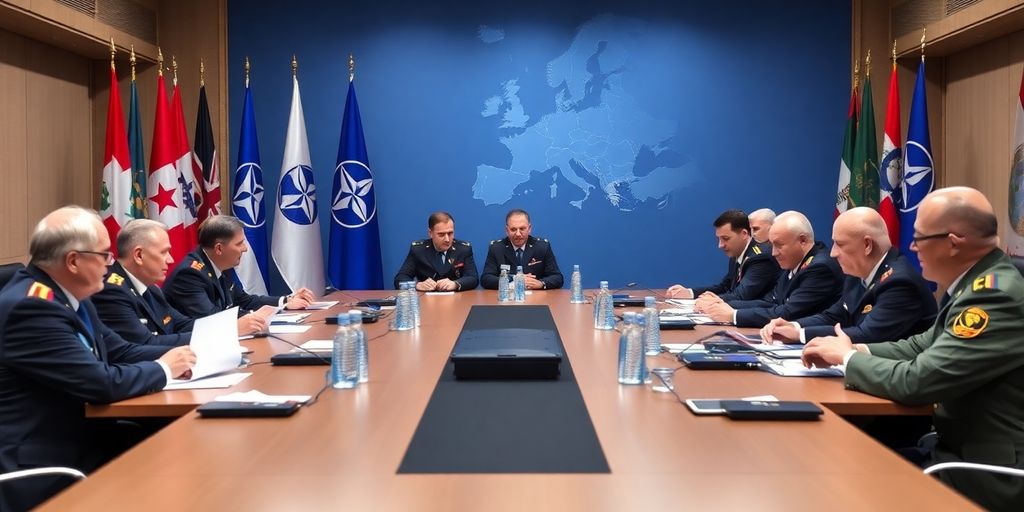

![[Douglas Macgregor] with crumbling NATO flag, smoke in background.](https://www.peopleandmedia.com/wp-content/uploads/2025/12/09541ab1thumbnail-1024x576.jpeg)
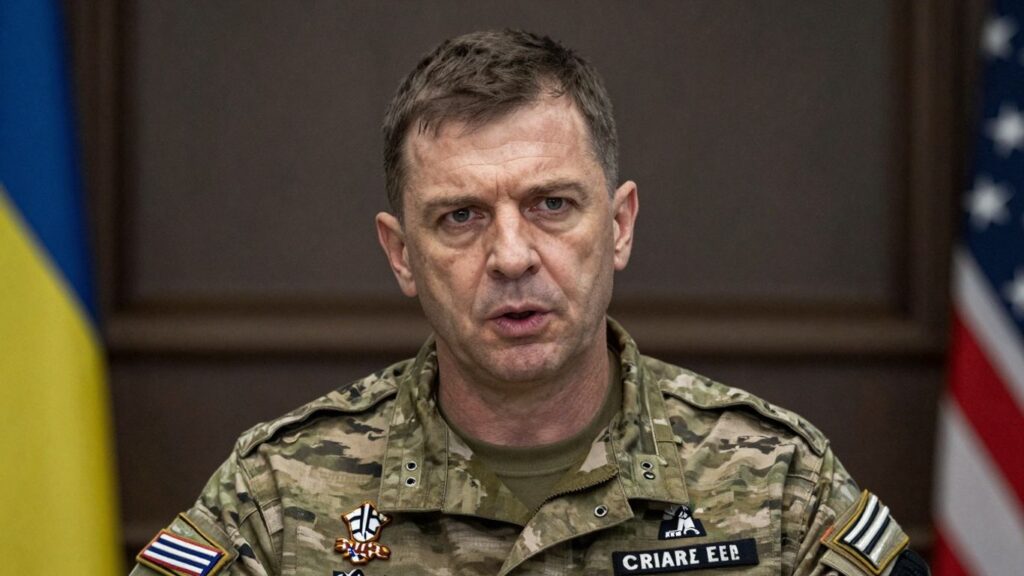
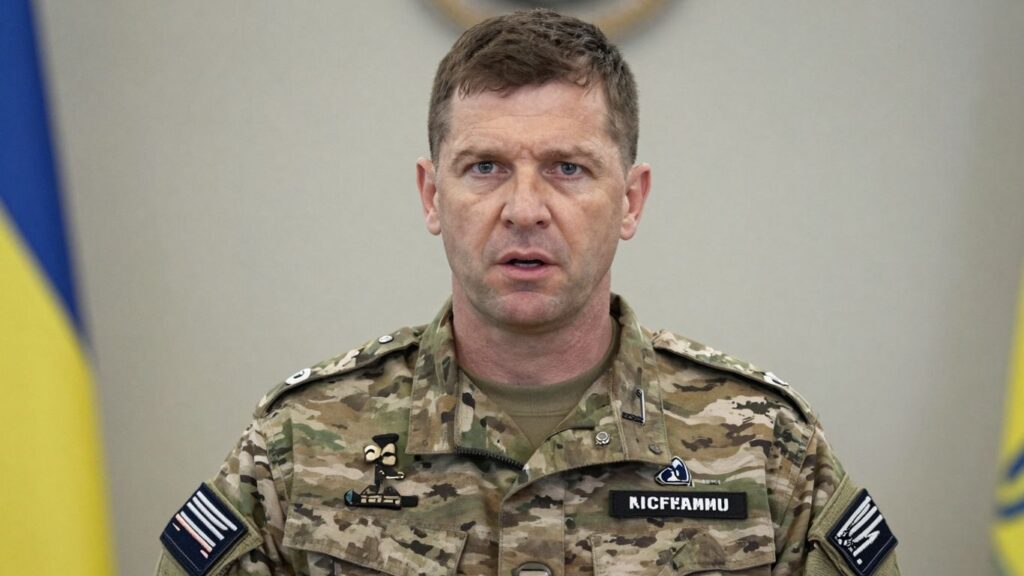

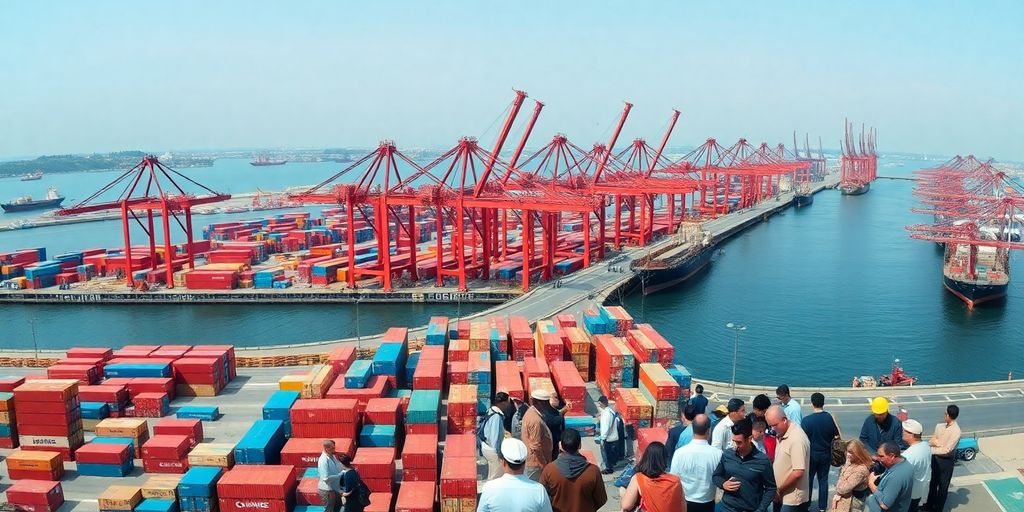
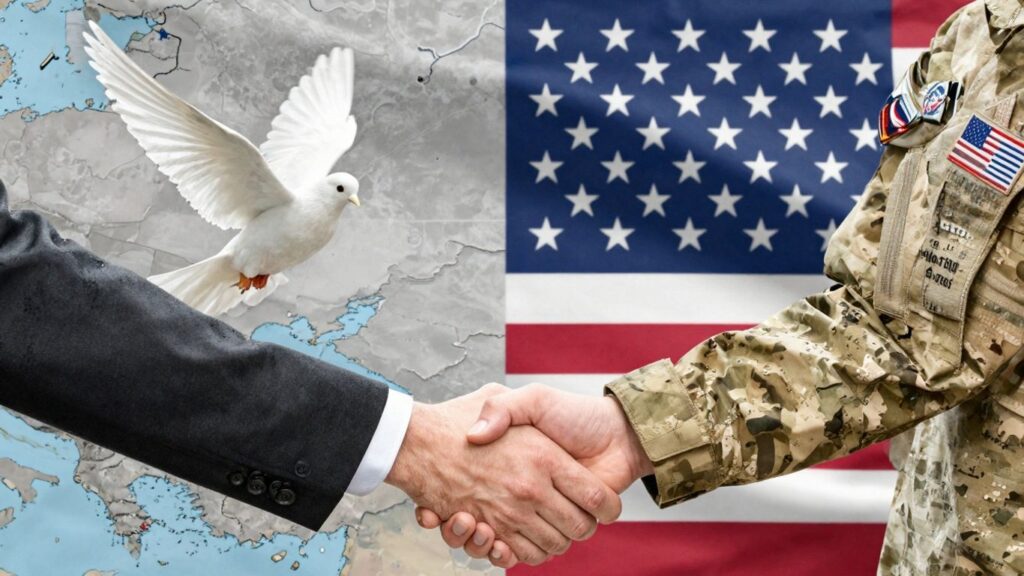
Responses